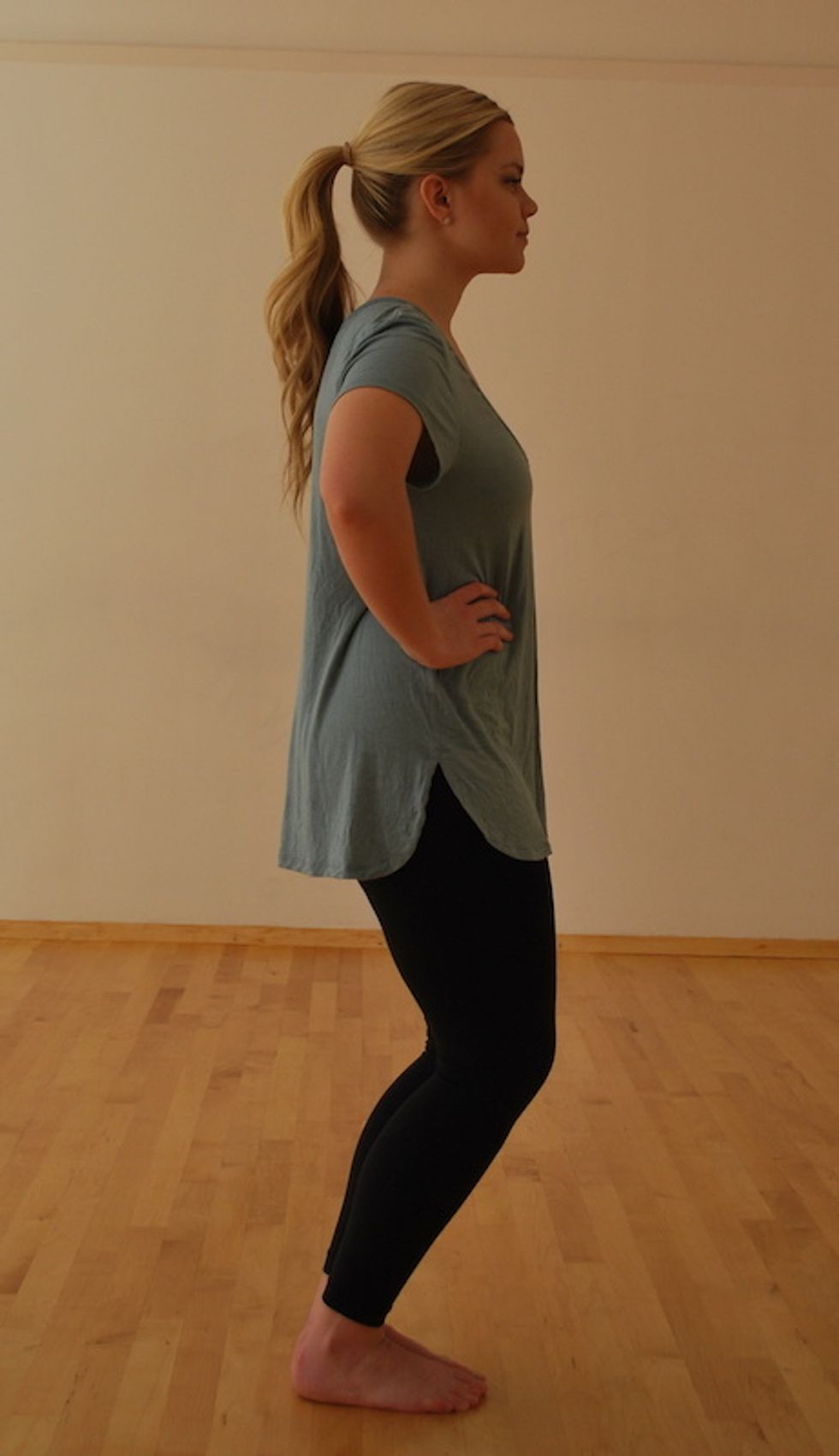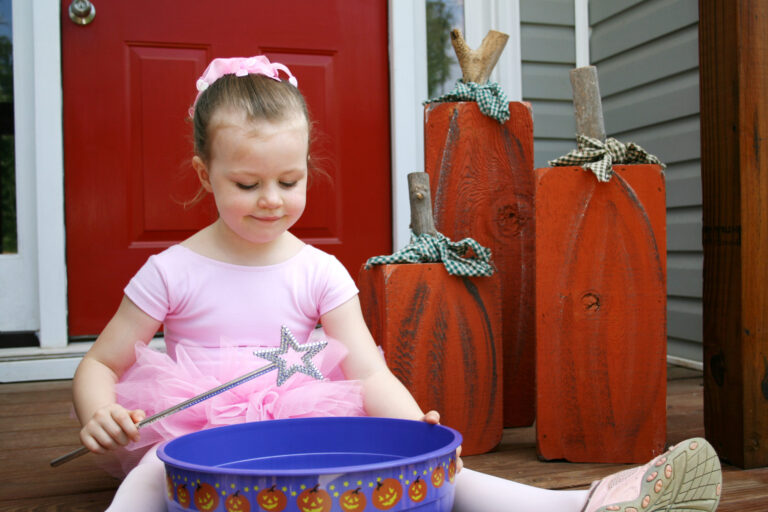
By the time they’re old enough to do their own pre-class warm-up, most dancers know they can injure themselves by stretching cold muscles. “When you just throw your leg over your head, you’re microscopically tearing muscle fibers,” says LuAnn Leonard-Johns, a former Rockette who teaches Zena Rommett Floor-Barre, a technique designed to help dancers find correct alignment, improve flexibility, prevent injury and strengthen the muscles needed for ballet. Yet there’s still something tempting about plopping down into a split or straddle stretch before class—maybe because it allows for relaxing and socializing with friends.
Even if dancers are warm, though, stretches like splits held for more than a minute are meant to leave their muscles long and languid—the opposite of preparing them to power the quick movements and direction changes all dance techniques require. “Stretching isn’t a good idea before class,” Leonard-Johns says. “That’s why ballet barre is so beautifully created. Barre starts with bending of the knee, lubricating the knees and the hips.” The range and speed of motion increase from there.
Any dancer can benefit from the technique that Zena Rommett developed, beginning in the 1960s, that uses the floor to support a dancer’s spinal anatomy, so she can find proper body placement and strengthen any injured or misaligned areas without fighting gravity. Leonard-Johns recommends a few simple pre-class exercises that work in both parallel and turned out. This awakens muscles all the way around the leg, rather than just the overused quadriceps. “Working in parallel makes you aware of keeping that energy between the inner thighs to strengthen turnout,” she says. It also keeps muscles long and lengthened, without the use of gravity, so when standing at the barre the posture and alignment are correct. These easy-to-remember exercises progressively warm up muscles in the thighs and lower legs while emphasizing muscles’ length. Best of all, the second and third can be done on the floor—maybe even while chatting with classmates.





